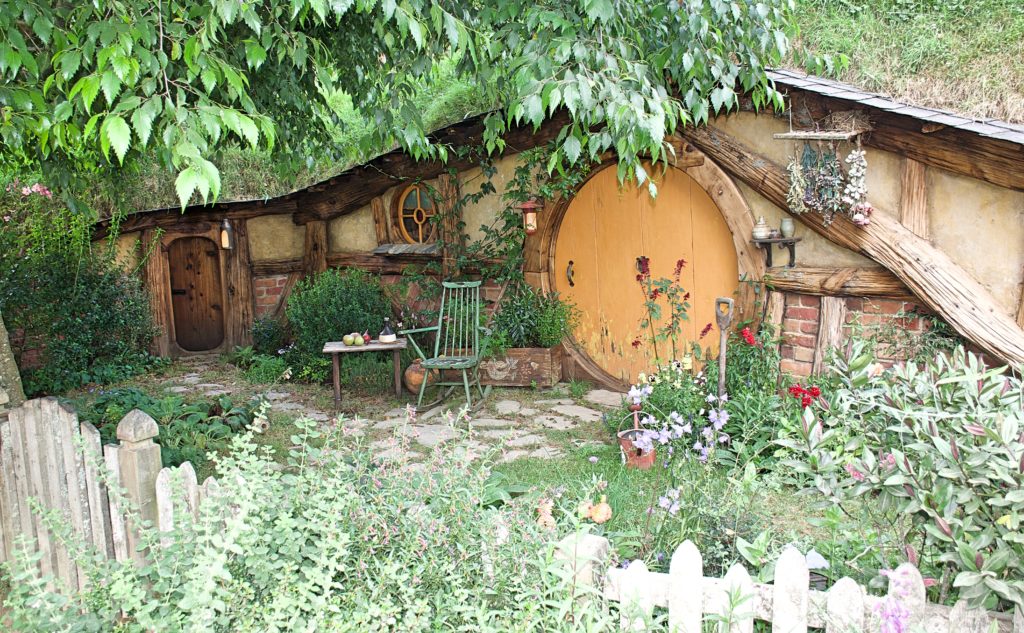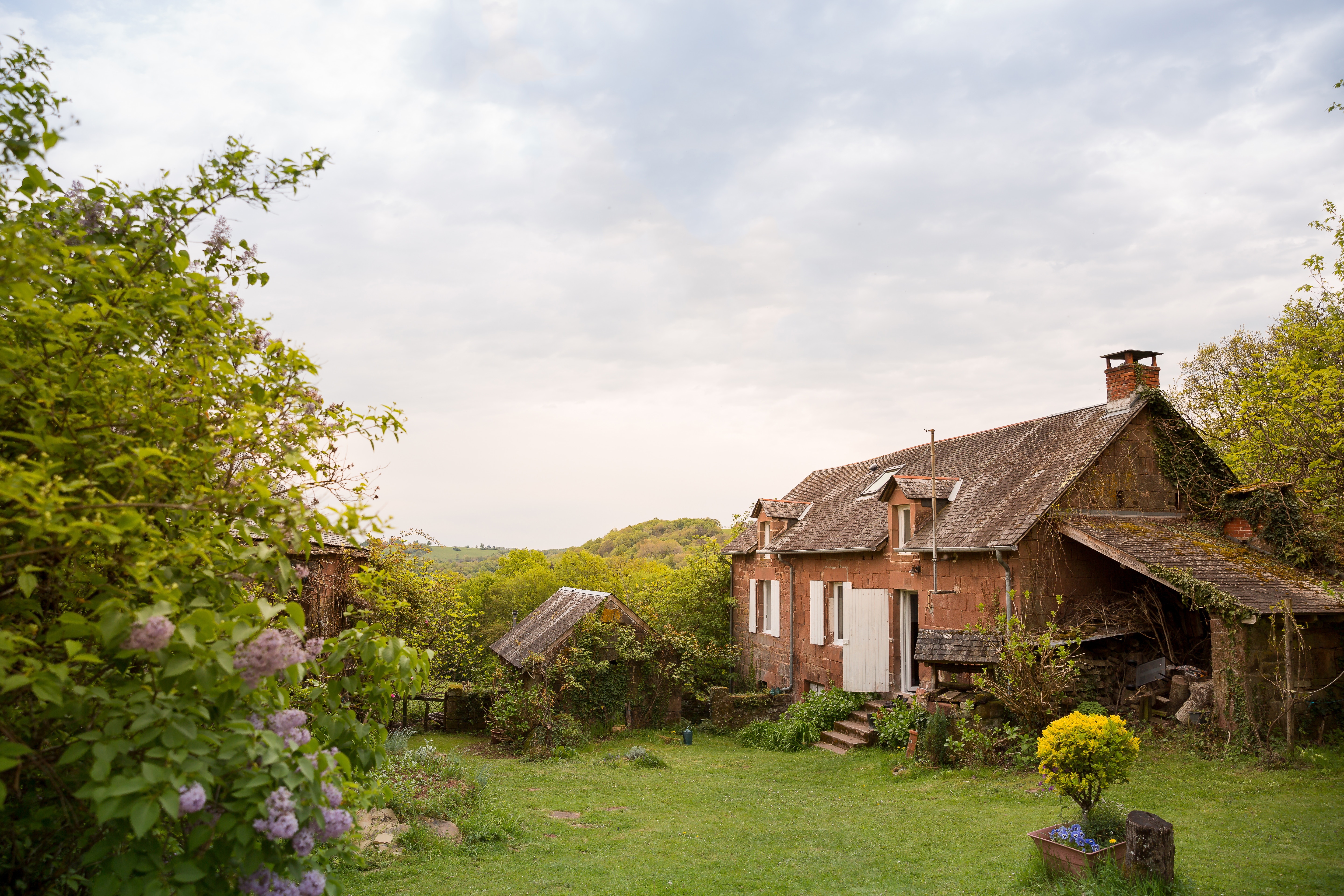Seattle has the largest homelessness population outside of Los Angeles and New York City. The city spends more than $1 billion every year fighting homelessness, that is nearly $100,000 per homeless person. An estimated 12,000 people were counted as homeless during last year’s one-night count in Seattle. These are the disheartening facts about the city of Seattle that I call home. In recent years, city leaders have devised various policy changes to help battle homelessness. Seattle City Council’s land use proposal could be a landmark change for all residents in Seattle.
City Council’s proposed changes to ADUs
This week I participated in the public hearing for the proposed changes located in the City Council Chambers in downtown Seattle. You can read more about it here.
City Council member Mike O’Brien lead the way with a massive change regarding attached accessory dwelling units (AADU), detached accessory dwelling units (DADU) and new policies to loosen the restrictions for the construction and permitting of new and existing units.
For those who may not know, the city defines AADU/DADUs as: small secondary dwelling units inside, attached to, or in the rear yard of a single- family house. An attached ADU (AADU), often called an in-law unit or basement apartment, is contained within or attached to a single- family house. A detached ADU (DADU), often called a backyard cottage, is a separate structure allowed in the rear yard of certain single-family-zoned lots. DADUs can be new structures or created through conversion of an existing structure, like a garage.
The final environmental impact study issued last October 2018 was approved by the City Hearing Examiner, clearing the way for the city council to act on legislation.
Here are some of the most notable proposed changes:
| Current | Proposed |
| 1 ADU allowed per lot | 2 ADUs allowed per lot |
| 1 off-street parking required per ADU | 1 off-street parking required for 2nd ADU |
| The owner is required to live in the main home or ADU to legally rent out the other portion of the home. | Removing the owner-occupancy requirement and requiring one year of ownership when creating a second ADU |
| DADUs cannot exceed 800 sqft, excluding garage | DADUs cannot exceed 1000 sqft, excluding garage |
| Maximum height currently varies between 15-23 feet in height | 1-3 feet higher than current |
| 40% of rear yard can be covered by a DADU or other accesory units | 60% of rear yard can be covered by a DADU or other accesory units |
| Up to 8 non-related people can live in one lot with an ADU | Up to 12 non-related people can live in one lot with 2 ADUs |
| Currently no Floor to Area Ratio (FAR) limit on new construction. Size of home is generally limited by yard set back and height limits | New FAR limits for new construction restricts homes to 2,500 sqft or FAR of 0.5, whichever is greater |

Uncertain effects on housing
The question begging to be asked is, how will this affect the housing crisis in Seattle? And will it be effective? The EIS report estimates that 4,430 new ADUs will be built in the next 10 years and teardowns of existing homes will be down from 2,030 to 1,580. With less teardowns and more ADUs, there will be a positive supply of new homes.
On the other hand, what are the environmental and transportation impacts to communities? Who stands to benefit the most? Renters or home owners or even landlords? Home owners in affluent neighborhoods or the under served communities? These are all questions with no clear answers and often voiced by those who participated in the public hearings.
Summary
Of the many proposed changes to housing policies in Seattle, only a few will stick. I believe this land use policy will become law in some form or another. Though, all the changes listed above are subject to amendments and changes by the city council. Next Tuesday, June 18th, City Council will have a discussion and possible vote on amendments and proposed legislation. Changes won’t come quick, but I believe the direction of the city council has already been decided. Council member O’Brien states, “My goal is to have this done by July 1st, or really close after that, in whatever form we can get it to the council”.
Many facets of society stand to benefit. For most home owners, ADUs are meant to draw community and family closer, yet still have personal privacy. As an investor, I predict many single family homes will become 3-unit apartments – main, AADU, and DADU. Renters will see higher levels of supply of affordable rentals, though, affordable is subjective.
Personally, I predict those who stand to benefit the most are home owners, especially those who live in affluent neighborhoods, and landlord investors, where both have the financial means to take advantage of the proposed changes by adding ADUs to their existing homes and rentals. To put it simply, capitalists are opportunists. I’m concerned those who rent will see the least benefit.
For more information about the upcoming land use change, you can visit https://www.seattle.gov/council/adu-eis
Next week we’ll dive into Opportunity Zones and how to potentially use this tax saving strategy in conjunction with the new ADU proposal. Stay tuned and happy investing.
Born and raised in the Pacific Northwest, I eat, sleep, and breathe real estate. As your agent, I’m attuned to your needs, knowledgeable of market trends and conditions, and dedicated to helping you reach your real estate goals. Buying a home is one of the biggest decisions in life, and it’s my passion to help you find the right home and to be on your side through the entire process.

